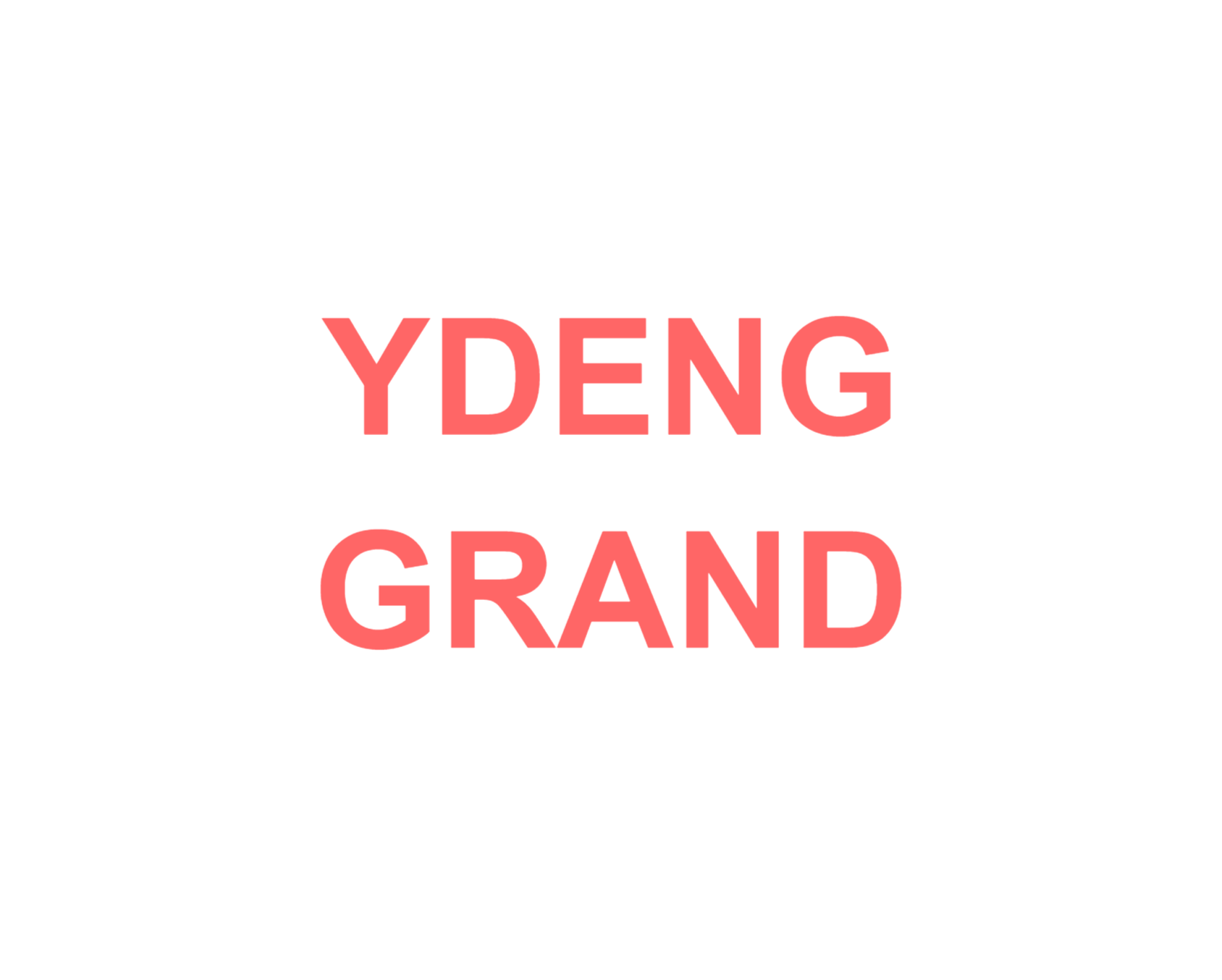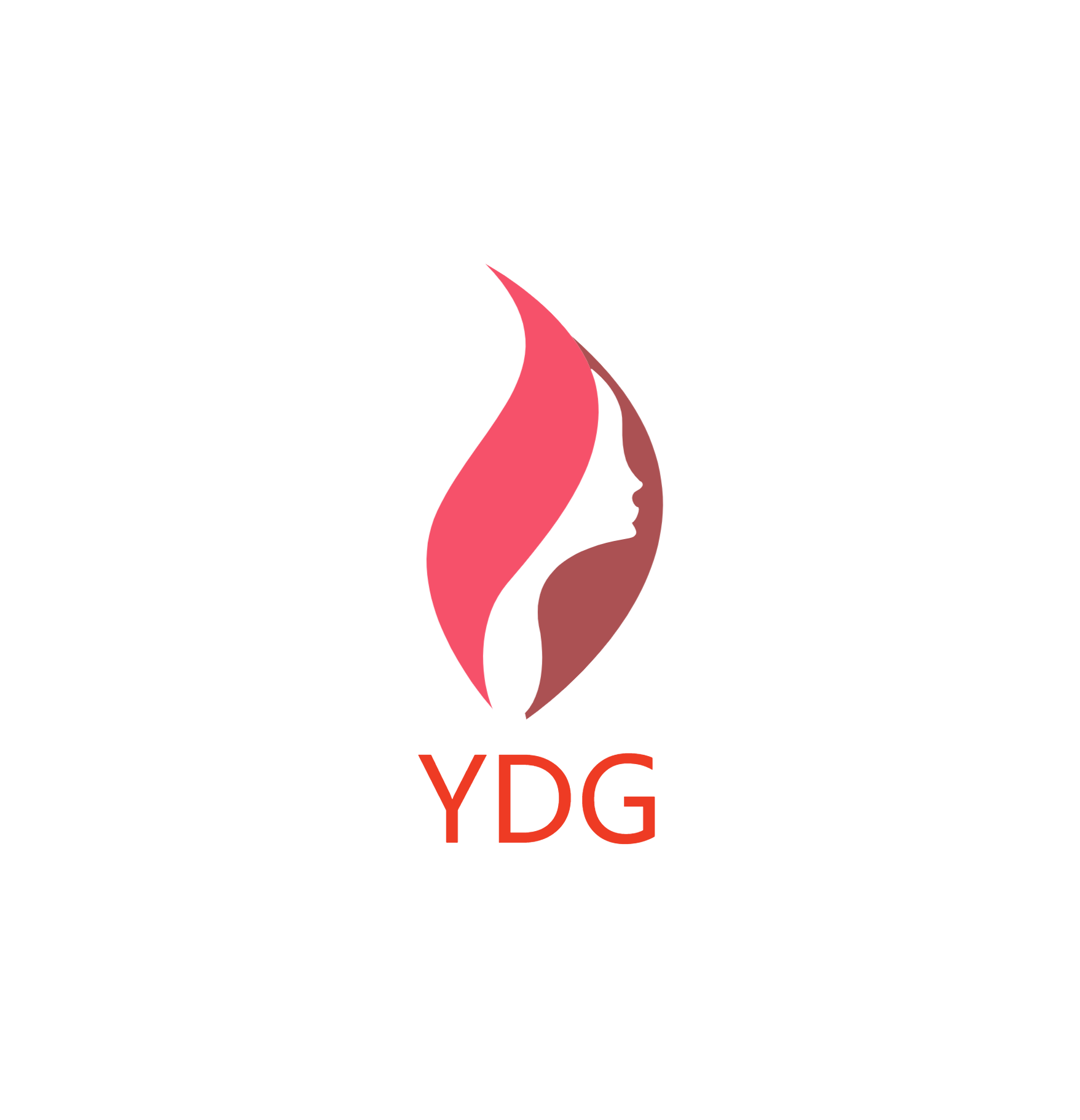The fabric of modern work has become so tightly woven with digital threads that it is almost impossible to separate process from platform. While technology has long promised to remove friction, many teams today still wrestle with scattered tools, siloed knowledge, and communication gaps that slow them down at precisely the moment they need to accelerate. Over the last two decades, Atlassian has quietly shaped a new paradigm—one in which collaboration is not just an add‑on but a design principle embedded into every stage of a project’s life cycle.
Rethinking Team Dynamics in a Distributed Era
In offices, living rooms, cafés, and co‑working spaces around the globe, teams have discovered that geography is no longer destiny. A product manager in Singapore can now storyboard features with engineers in Berlin and designers in Buenos Aires—all before breakfast in San Francisco. Yet alongside this freedom comes logistical complexity: multiple time zones, varied cultural contexts, and a dizzying array of specialized applications. The challenge is no longer simply to connect employees, but to orchestrate their contributions into a coherent, sustainable rhythm.
Enter Atlassian. Rather than forcing every workflow into a rigid mold, its platform acknowledges that marketing, development, and operations teams speak distinct dialects of productivity. By offering purpose‑built tools that share a common data backbone, it enables each discipline to retain its native voice while harmonizing with the broader organization.
The Toolset That Speaks Many Languages
- Jira Software: For engineering squads pursuing agile excellence, Jira provides a living blueprint of tasks, dependencies, and priorities. Sprints unfold with transparency, and burndown charts tell an honest story about velocity.
- Confluence: Documentation is rarely anyone’s favorite pastime, yet discoverability is priceless. Confluence turns scattered notes into an evolving knowledge base where decisions, diagrams, and retrospectives remain visible long after a meeting ends.
- Trello: Some teams prefer to think in pictures rather than backlogs. Trello’s card‑and‑board metaphor brings clarity to event planning, content calendars, and brainstorms without overwhelming casual contributors.
- Bitbucket: Source control is more than a repository of code—it is a conversation. Pull requests, inline reviews, and automated pipelines help developers catch defects early and ship with confidence.
- Opsgenie & Statuspage: Downtime is inevitable; chaos is optional. Opsgenie routes alerts to the right on‑call engineer, while Statuspage keeps stakeholders informed, protecting trust even during crises.
Together, these tools create a feedback loop in which ideas flow seamlessly from concept to deployment, and insights gained in production feed the next iteration.
A Marketplace of Possibility
No two organizations share the same DNA, which is why the Atlassian ecosystem offers thousands of extensions—ranging from AI‑powered backlog grooming to advanced analytics dashboards. Integration with chat platforms, customer support suites, and security scanners ensures that information flows where it is needed most, reducing swivel‑chair effort and copy‑paste errors.
Human‑Centric Design Meets Enterprise‑Grade Security
Trust is earned through both experience and architecture. Behind every board and issue lies encryption at rest, granular permissioning, and compliance with frameworks such as SOC 2, ISO 27001, and GDPR. Role‑based access and audit logs provide oversight without stifling experimentation, allowing teams to move quickly while leadership rests easily.
Case Narratives: Lessons from the Field
1. Scaling a Unicorn
A fintech startup, once a tight crew of ten, suddenly found itself on the brink of hypergrowth. Feature releases that used to take days now risked falling through the cracks. By adopting Jira for sprint planning and Confluence for technical RFCs, the company created a single pane of glass for roadmap discussions and architectural decisions. Within three quarters, deployment frequency tripled, and onboarding time for new engineers fell from eight weeks to three.
2. Reinventing Public Services
A municipal government agency sought to modernize permit processing. Trello boards replaced spreadsheets, giving inspectors real‑time visibility into case assignments. Meanwhile, Confluence became the public record for policy updates, ensuring citizens and civil servants referenced the same source of truth. Processing times dropped by 28 percent in the first year, freeing staff to focus on community engagement.
3. Safeguarding the Cloud
An e‑commerce platform with peak‑season traffic spikes adopted Opsgenie and Bitbucket Pipelines. Automated tests gate every pull request; if an anomaly slips through, smart alert routing ensures the relevant team receives actionable context, not just noise. Post‑incident, a Confluence post‑mortem template drives continuous improvement, preventing recurrence.
The Psychology of Flow
Beyond metrics lies morale. Research consistently shows that autonomy, mastery, and purpose drive engagement. Atlassian products reinforce these pillars: autonomy through configurable workflows, mastery via retrospective data, and purpose through visibility into how individual tasks ladder up to company objectives. Teams enter a state of flow when friction falls away and each contribution is clearly connected to customer value.
Implementation Without the Headaches
Transitioning to a unified platform can seem daunting, yet countless organizations report that phased adoption mitigates risk. A typical journey begins with a pilot team, whose lessons inform broader rollout. Automated importers handle legacy data, while out‑of‑the‑box templates flatten the learning curve. Internal champions emerge, driving grassroots enthusiasm that accelerates change management.
Measuring the Invisible
Productivity gains are not always obvious at first glance. Dashboards in Jira and custom macros in Confluence translate abstract improvements into concrete indicators such as cycle time, mean time to recovery, and knowledge base search reach. Leaders gain a 360‑degree view of program health without intrusive checkpoints or endless status meetings.
Looking Ahead: The Future of Collaborative Work
As artificial intelligence, edge computing, and mixed‑reality interfaces edge closer to mainstream adoption, the definition of a “team” will expand beyond humans to include intelligent agents and Internet‑connected devices. With open APIs and event‑driven architecture, Atlassian is already positioned to stitch these actors into a cohesive narrative. Imagine a backlog item automatically generated by a customer’s in‑app feedback, triaged by an AI assistant, prototyped in Figma, and deployed to production before the next morning’s stand‑up.
Practical Guidance for Decision‑Makers
- Audit Current Processes: Map existing tools to pain points. Which meetings merely synchronize information that could be visible in a dashboard? Where does duplicate data entry occur?
- Define Success Criteria Early: Agree on measurable outcomes—whether sprint predictability, support ticket resolution times, or reduction in unplanned work.
- Start Small, Scale Fast: Launch with a defined scope, then leverage templates and automated migrations to extend adoption department by department.
- Invest in Enablement: Provide micro‑learning modules and office hours to shorten the path from novice to power user. Celebrate quick wins to sustain momentum.
- Iterate Continuously: Use retrospectives to fine‑tune workflows, archiving outdated processes in Confluence so institutional memory is preserved.
Cultural Resonance Over Feature Checklists
The most powerful software in the world cannot compensate for a lack of psychological safety or shared purpose. By making work visible and feedback loops explicit, Atlassian nudges organizations toward a culture of openness. Over time, this transparency becomes a competitive advantage, fostering experimentation and resilience.
A Closing Reflection
Progress often hides in plain sight—in the five minutes saved here, the duplicate effort avoided there, the frustration averted when a critical document is found instantly. Multiply these small efficiencies across hundreds of employees and thousands of workdays, and the impact is transformative. Today’s workplace demands more than isolated productivity hacks; it requires an ecosystem where people, processes, and technology evolve in concert. In countless companies, universities, nonprofits, and public agencies, Atlassian has become that ecosystem’s backbone, quietly turning potential into performance.










